An furious grunt is a universal expression that cuts across human languages and into the animal world. This guttural voice expresses feelings ranging from moderate displeasure to great aggression. Knowing the subtleties of an angry grunt can help us to better understand animal responses as well as human ones.

In Human Communication, the Angry Grunt
In human contacts, a grunt is sometimes a nonverbal signal expressing annoyance, exasperation, or discontent. This low-pitched, short sound can replace words, therefore conveying emotions without using complex vocabulary. For example, a grunt can quickly convey annoyance even if the person feels angry but chooses not to share their emotions orally. A grunt is defined in the Cambridge English Dictionary as “short, low sound instead of speaking, usually because of anger or pain.” English.stackexchange.com, Cambridge.org
Grunt flexibility goes beyond mere rage expression. When one is engaged in meditation, they can be fillers; they can also indicate effort during physical activity or recognition in talks. Still, the circumstances in which a grunt is produced determine its meaning exactly. bstrong.com
Furious Grunts Across Cultural Boundaries
Though cultural views of grunts differ, the link with negative emotions is somewhat universal. The exclamative particle “hng,” or “heng,” in Chinese denotes a grunt or “hmph,” hence expressing discontent or contempt. In English, too, the sound “grr” is an onomatopoeic depiction of a growl, usually used to convey annoyance or displeasure. Though basic, these vocalizations are quite important in nonverbal communication across many civilizations. Wikimedia
Grunts of Animals: Means of Communication and Emotional Expression
Common in the animal world, grunting has several communication purposes. Pigs, for instance, have varying grunts that fit their attitude. Short grunts usually convey good sentiments; lengthier grunts could imply stress or discomfort. Knowledge of these noises helps one to better understand animal care and behavior. Dictionary blog: Cambridge.org, Wikipedia, Youtube.com
In sports, especially tennis, players sometimes grunt during forceful rallies. These grunts are linked with muscle relaxation, better respiration, and rhythm during play, not with emotions of rage. Professional tennis player Aryna Sabalenka, for example, is renowned for her unique grunting, which has been studied in relation to performance and perception. Talksport.com, nypost.com
The Anatomy of Grunting
Grunting is the vocal cord’s activation and lung air expulsion that generates a sound with varying pitch and loudness. In humans, this vocalization usually results from emotional inputs or physical effort occurring automatically. Additionally, a taught behavior impacted by societal standards and personal habit is grunting.
In Sports and Physical Education, Grunting
In sports, grunting is often seen during demanding activity. Athletes may grunt to help stabilize their core muscles and increase force generation, therefore enhancing their performance. But too much grunting has been a hot issue with arguments over how it affects opponents’ views of sportsmanship.
The Perspective of Evolution
From an evolutionary perspective, grunting might have been an early kind of communication, expressing dominance or threats without physical conflict. Grunts help monkeys to preserve social hierarchies and organize group activities. This ancestral feature emphasizes the basic function of vocalizations in survival and social contacts. Reddit.com
Frequencies of Questions Regarding Angry Grunts
Why would someone grumble when angry?
An instinctual reaction, grunting when anger usually results from muscular tension and the body’s ready for possible action. Talksport.com, bsuperb.com
Do any other animals convey fury using grunts?
Not all animals show their wrath by grunts; the particular noises differ among species. Dogs might growl, for instance, whereas cats hiss to express related feelings.
Is grunting seen as unpleasant in social situations?
Grunting, particularly when expressing annoyance, can be interpreted in many societies as rude or as a sign of bad manners.
Does grunting help athletic performance?
According to some research, grunting can improve physical performance by raising force and stabilizing core muscles under effort. Theguardian.com
Exist any languages in which ordinary speech includes grunts?
Many languages have grunting-like sounds or interjections to express emotions or reactions, even when they are not organized as official words.
Conclusion
An furious grunt is a multifarious vocalization that, in both humans and animals, closes the distance between verbal and nonverbal expression. Understanding emotional expressions and social interactions across animals becomes much enhanced by our awareness of these noises.

